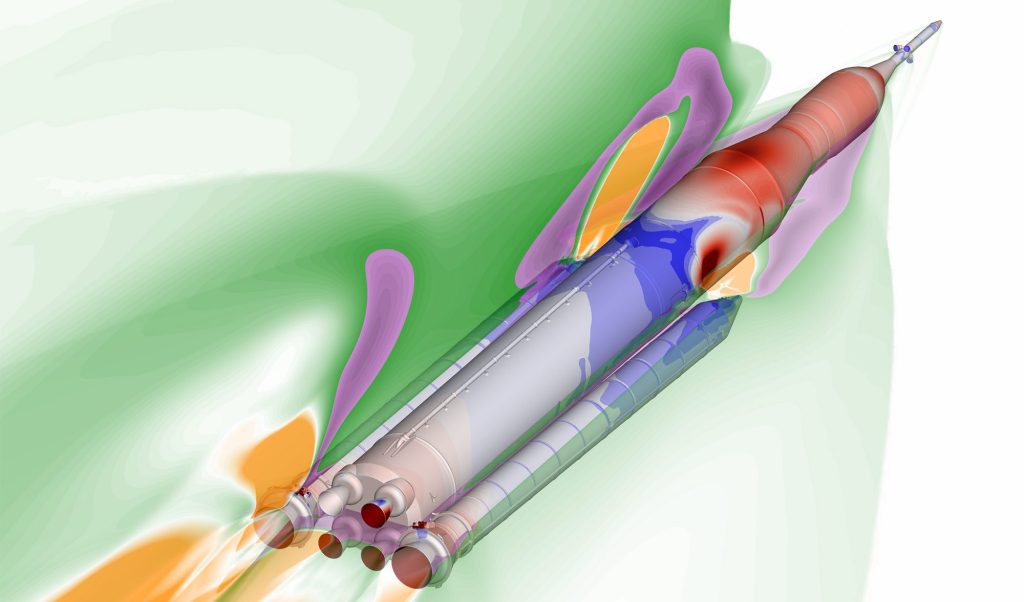Catalog: Learning and Educational Activities and Resources from NASA Science
This catalog of learning resources draws from NASA science content. You can search this collection using key words and/or the drop down filters to pinpoint resources to use with your audience of learners.
Filters
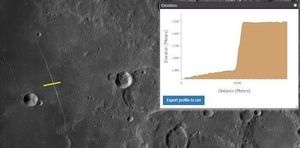
Explore the surfaces of worlds throughout the Solar System as seen through the eyes of many different instrumants aboard many different spacecraft. Measur distancess and elevations, interactively fly over alien terrains, generate files for 3D printing, create custom virtual reality adventures.
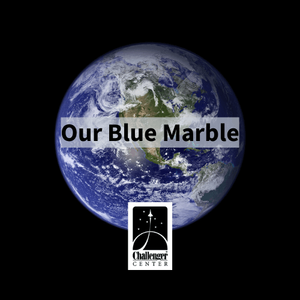
For Grades 3-9 (but can be adapted for all ages) Our Blue Marble activities take students through seven activities focusing on what makes Earth a unique and viable planet. Students can try one or more activities. There are seven activities to choose from. Each activity takes approximately 10-20 minutes to complete and use commonly available materials, or materials readily available online. *Our Blue Marble activities is based upon work supported by the National Aeronautics and Space Administration under award No. NNX16AD70A. Any opinions, findings, and conclusions or recommendations expressed in this material are those of the author(s) and do not necessarily reflect the views of the National Aeronautics and Space Administration (NASA). This information was accurate at the time of publication.
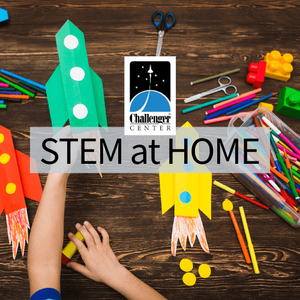
STEM at Home is a collection of Challenger Center lessons and activities that can be modified and completed at home. Each STEM at Home category includes at least one at-home lesson. These activities require common household items or products that are readily available online.

The National Informal STEM Education Network (NISE Network) and its partners have developed a variety of hands-on STEM activities designed for use in museums and science centers. Most of these hands-on activities listed below can be done with materials you may already have in your home.
A collection of free mobile apps that let you build solar systems, solve solar mazes, save the world from asteroids, and more.

Explore! provides hands-on space science activities and supporting resources for out-of-school time programs. Use Explore! to engage children and pre-teens in the wonders of lunar exploration; the planets Earth, Jupiter, and Mars; rockets; staying healthy in space; and more!















